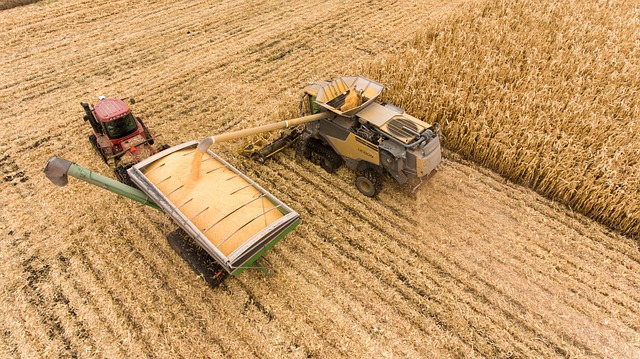Agriculture is the backbone of many rural economies around the world, and as we face pressing environmental challenges, the importance of maximizing agricultural output while minimizing our ecological footprint cannot be overstated. Farmers and agricultural businesses are increasingly aware of their impact on the environment, which is why there is a growing emphasis on transport sustainability and rural development.
Transportation plays a critical role in the agricultural sector. From the delivery of raw materials to the distribution of produce, the way we move goods significantly affects our ecological footprint. Traditional transport methods often rely heavily on fossil fuels, contributing to greenhouse gas emissions and climate change. To promote transport sustainability, it’s vital to explore alternative methods. This includes investing in electric vehicles, using biodiesel, and employing more efficient logistics that reduce the distances goods must travel. By adopting sustainable transport practices, we can not only lower emissions but also enhance the overall efficiency of agricultural supply chains.
Additionally, rural development must go hand-in-hand with these transport innovations. Enhancing local infrastructure—such as roads, rail systems, and storage facilities—will enable farmers to access markets more efficiently. Investment in rural areas stimulates economic growth, allowing for better agricultural practices and access to sustainable transport options. By providing farmers with the tools they need, we can encourage a new generation of agribusinesses focused on reducing their ecological footprint while maximizing output.
Moreover, community engagement is essential in fostering sustainable agricultural practices. Farmers are often more likely to adopt new technologies and methodologies if they see the communal benefits. Initiatives such as local farmers’ markets reduce the distance food travels, directly impacting the carbon footprint. Community-supported agriculture (CSA) programs also encourage consumers to invest in local farms, thus fostering a closer relationship between producers and consumers.
Balancing agricultural productivity with environmental stewardship requires innovative thinking and collaborative efforts. Encouraging practices like crop rotation, organic farming, and precision agriculture not only boosts yields but also promotes soil health and biodiversity. These practices can lead to a significant reduction in the ecological footprint of agriculture, paving the way for a more sustainable future.
In summary, as we strive to maximize agricultural output, it is imperative to remain conscious of our ecological footprint. By embracing transport sustainability and fostering rural development, we can create a resilient agricultural sector that supports both the environment and local economies. The journey toward sustainability is ongoing, but with collective effort and an understanding of the interconnectedness of agriculture and ecological well-being, we can achieve a future that benefits all.




